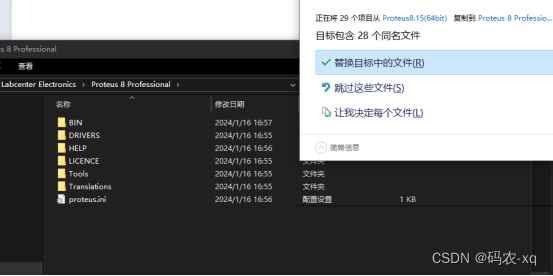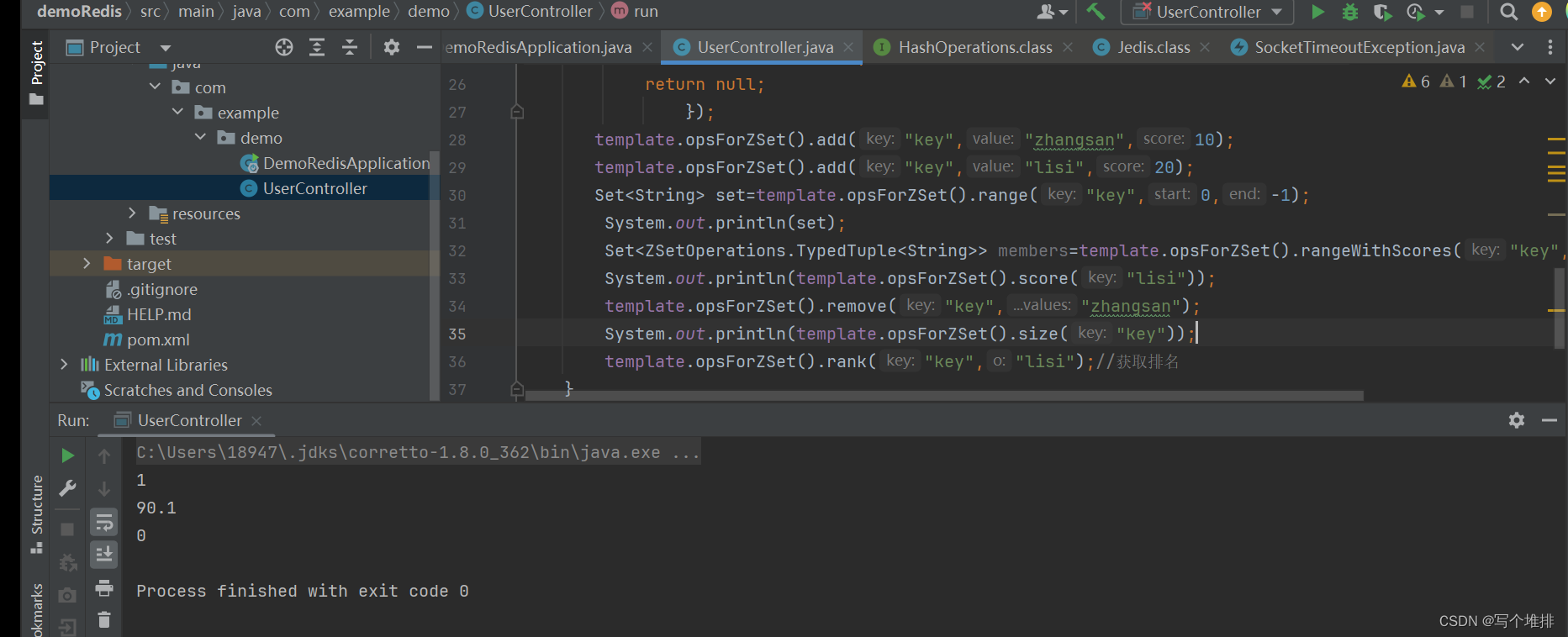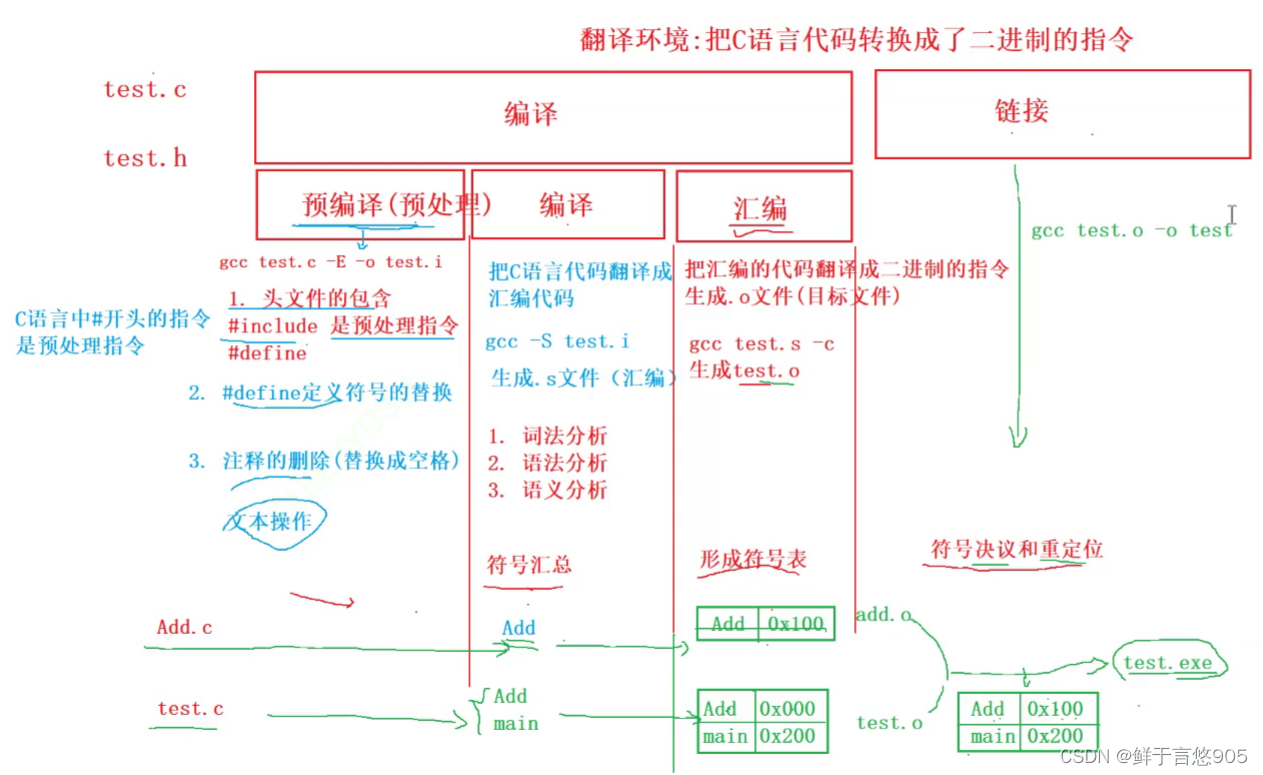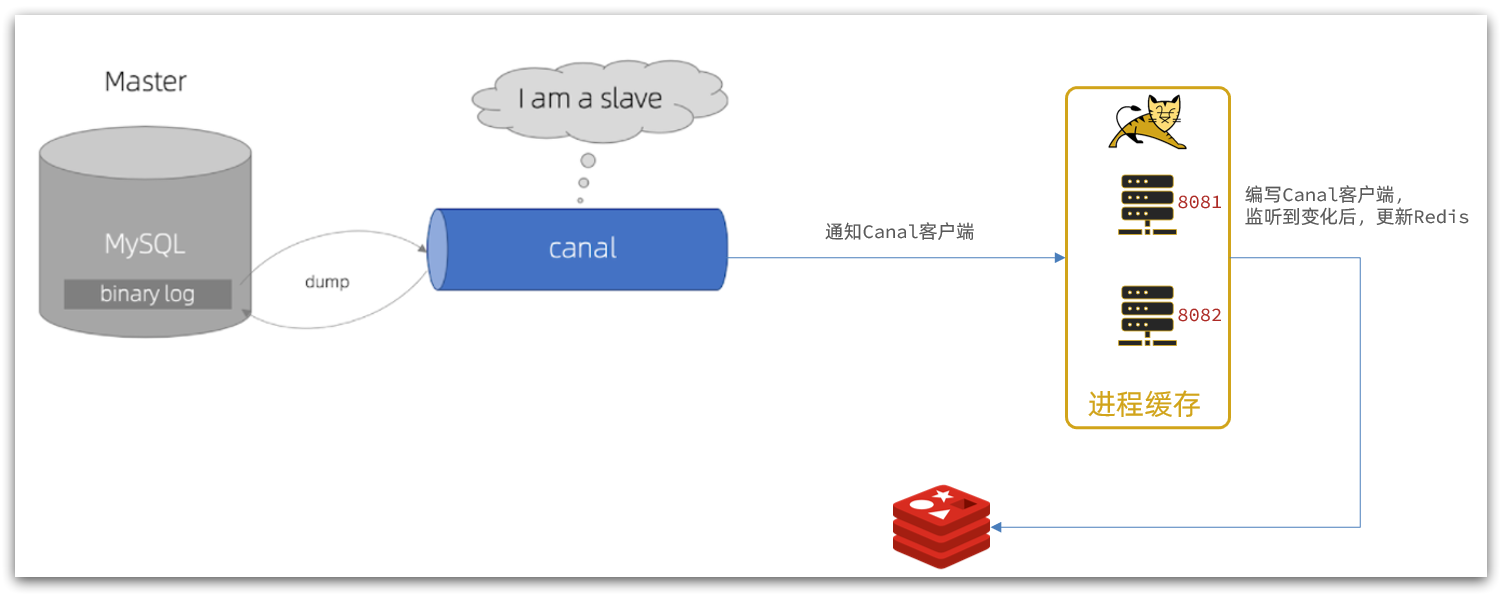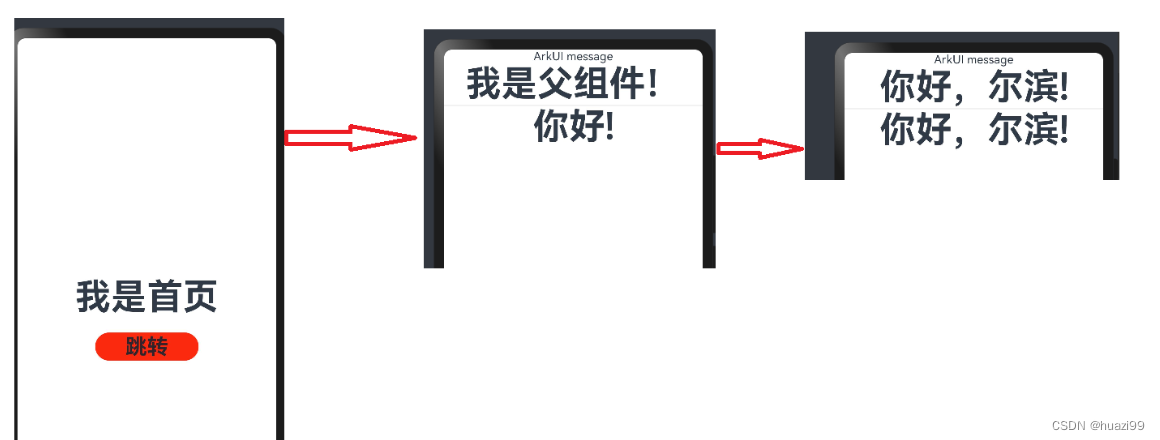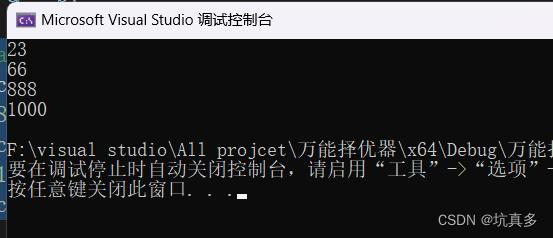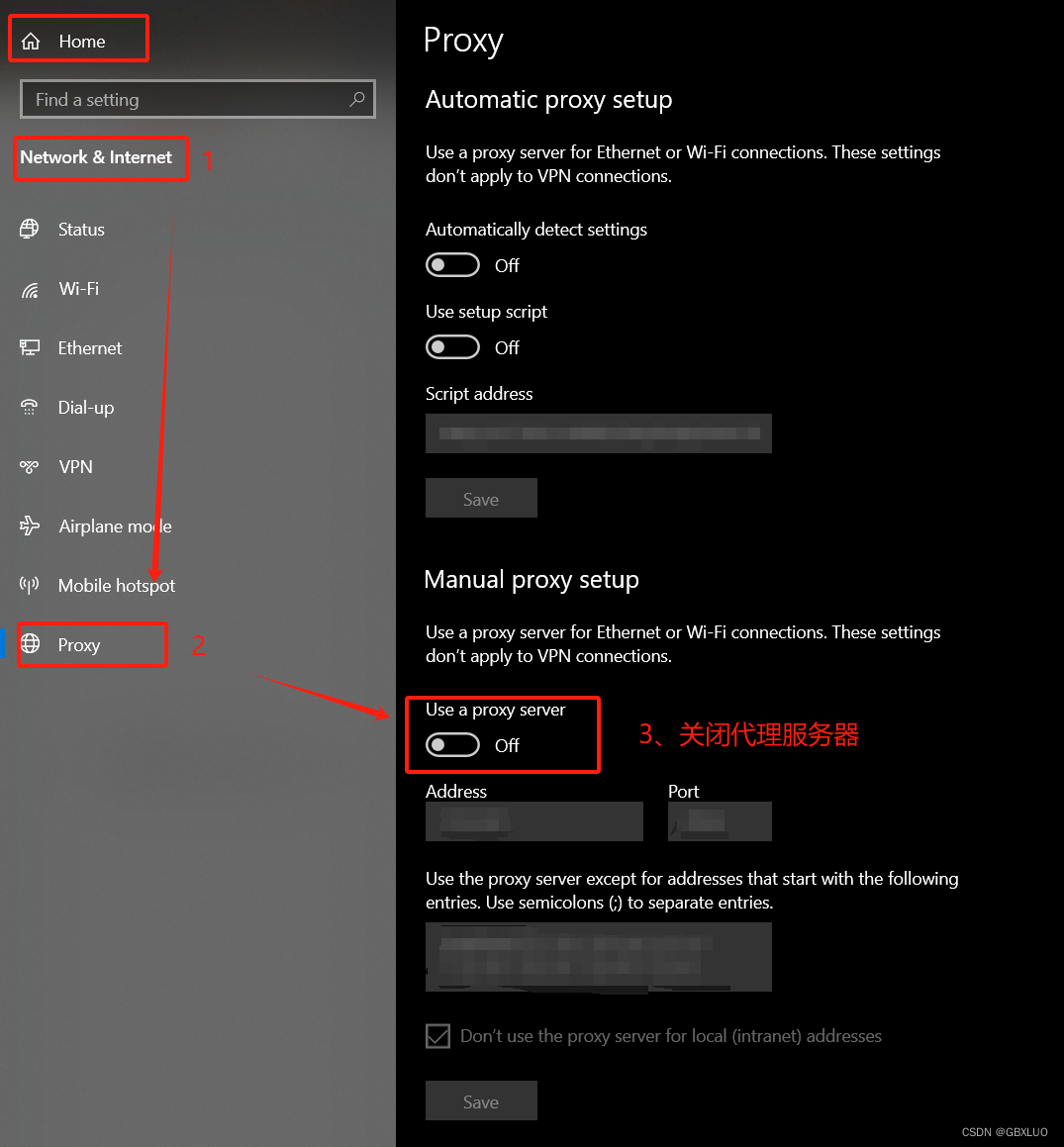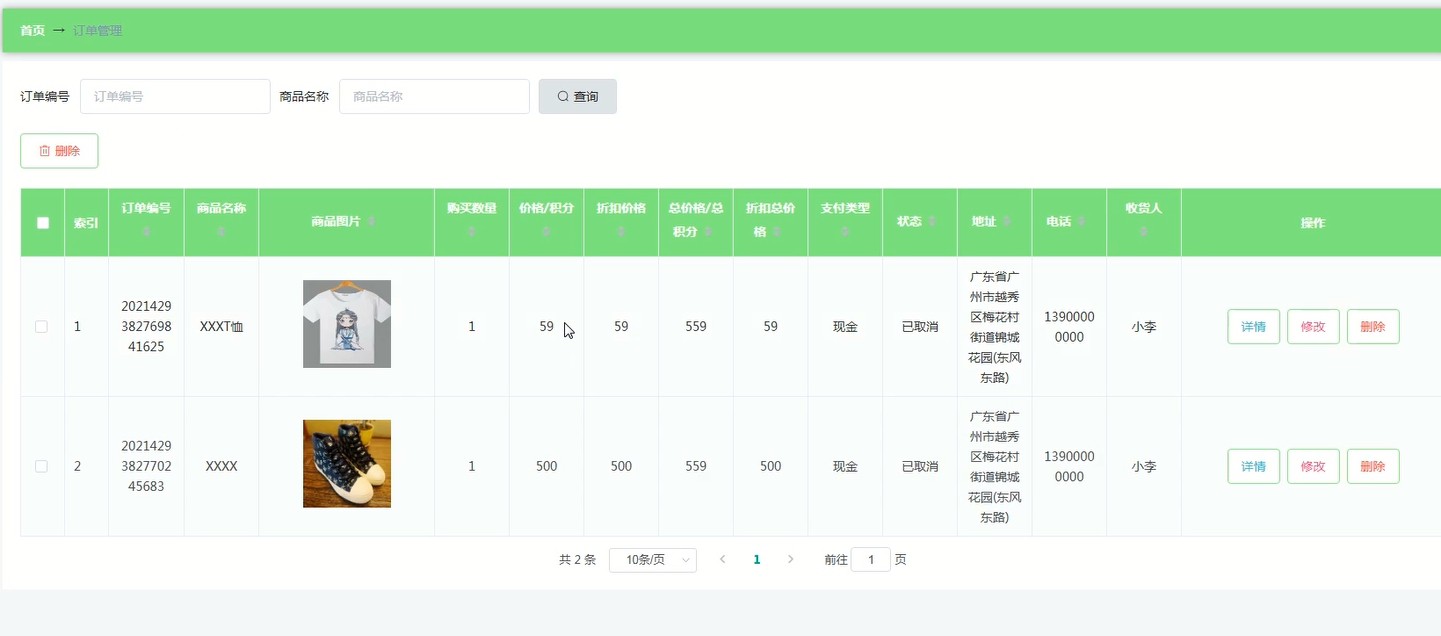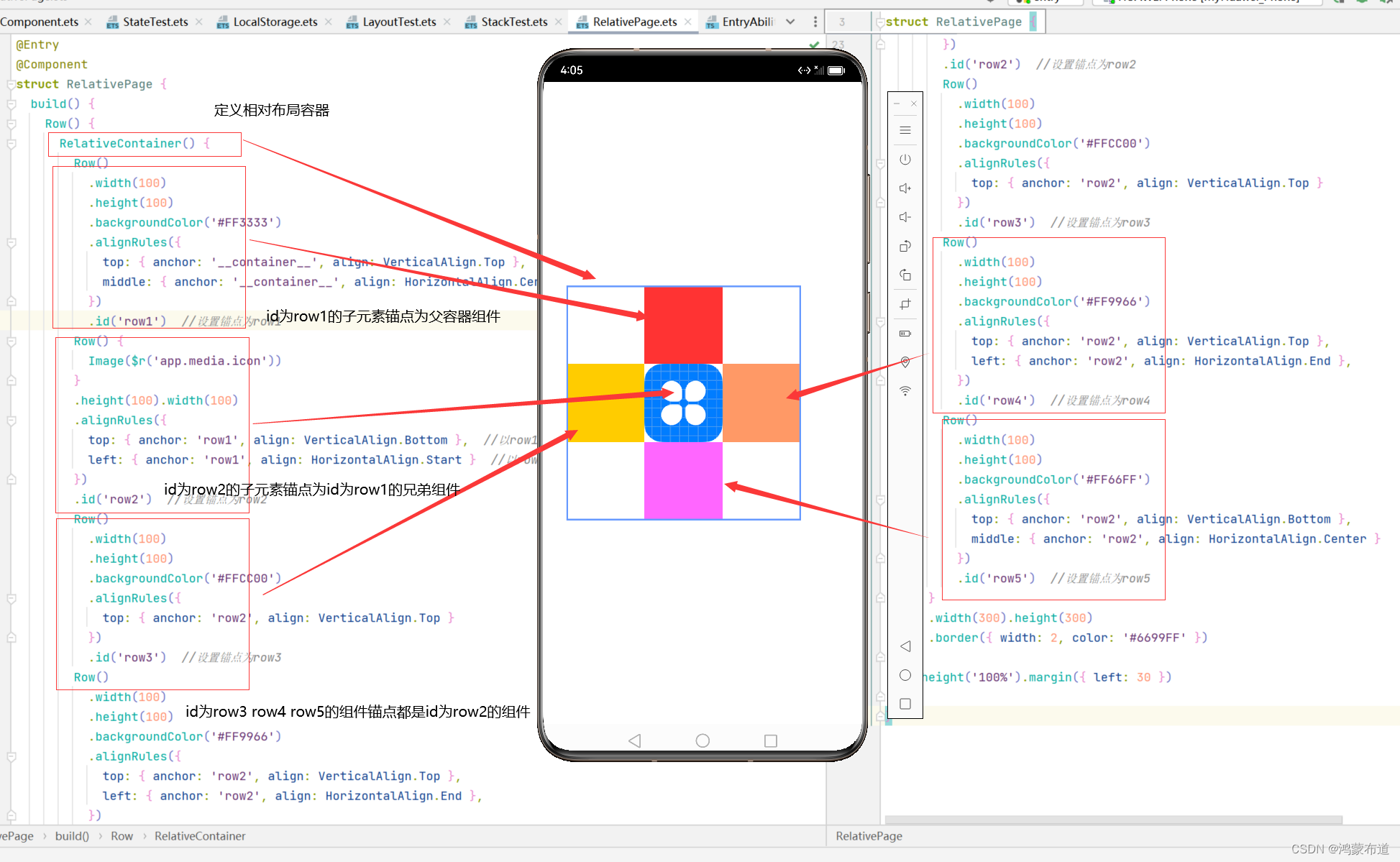参考:
资料来自下面链接:
第1章 动手部署一台Linux操作系统 | 《Linux就该这么学》 (linuxprobe.com)![]() https://www.linuxprobe.com/basic-learning-01.html
https://www.linuxprobe.com/basic-learning-01.html
一、安装软件的方法
RPM、Yum、DNF
| 命令 | 作用 |
| rpm -ivh filename.rpm | 安装软件 |
| rpm -Uvh filename.rpm | 升级软件 |
| rpm -e filename.rpm | 卸载软件 |
| rpm -qpi filename.rpm | 查询软件描述信息 |
| rpm -qpl filename.rpm | 列出软件文件信息 |
| rpm -qf filename | 查询软件属于哪个RPM |
| 命令 | 作用 |
| yum repolist all | 列出所有仓库 |
| yum list all | 列出仓库中所有软件包 |
| yum info 软件包名称 | 查看软件包信息 |
| yum install 软件包名称 | 安装软件包 |
| yum reinstall 软件包名称 | 重新安装软件包 |
| yum update 软件包名称 | 升级软件包 |
| yum remove 软件包名称 | 移除软件包 |
| yum clean all | 清除所有仓库缓存 |
| yum check-update | 检测可更新的软件包 |
| yum grouplist | 查看系统中已经安装的软件包组 |
| yum groupinstall 软件包组 | 安装指定的软件包组 |
| yum groupremove 软件包组 | 移除指定的软件包组 |
| yum groupinfo 软件包组 | 查询指定的软件包组信息 |
DNF:将“yum install 软件包名称”,改成“dnf install 软件包名称”。
二、系统初始化进程
红帽RHEL 7/8系统替换掉了熟悉的初始化进程服务System V init,正式采用全新的systemd初始化进程服务。原本以为这对大家的日常使用影响不大,但许多服务管理命令都被替换了,因此如果您之前学习的是RHEL 5或RHEL 6系统,可能真有点不习惯。
Linux系统在启动时要进行大量的初始化工作,比如挂载文件系统和交换分区、启动各类进程服务等,这些都可以看作是一个一个的单元(unit),systemd用目标(target)代替了System V init中运行级别的概念。
| System V init运行级别 | systemd目标名称 | systemd 目标作用 |
| 0 | poweroff.target | 关机 |
| 1 | rescue.target | 救援模式 |
| 2 | multi-user.target | 多用户的文本界面 |
| 3 | multi-user.target | 多用户的文本界面 |
| 4 | multi-user.target | 多用户的文本界面 |
| 5 | graphical.target | 多用户的图形界面 |
| 6 | reboot.target | 重启 |
| emergency | emergency.target | 救援模式 |
| 老系统命令 | 新系统命令 | 作用 |
| service foo start | systemctl start httpd | 启动服务 |
| service foo restart | systemctl restart httpd | 重启服务 |
| service foo stop | systemctl stop httpd | 停止服务 |
| service foo reload | systemctl reload httpd | 重新加载配置文件(不终止服务) |
| service foo status | systemctl status httpd | 查看服务状态 |
| 老系统命令 | 新系统命令 | 作用 |
| chkconfig foo on | systemctl enable httpd | 开机自动启动 |
| chkconfig foo off | systemctl disable httpd | 开机不自动启动 |
| chkconfig foo | systemctl is-enabled httpd | 查看特定服务是否为开机自启动 |
| chkconfig --list | systemctl list-unit-files --type=httpd | 查看各个级别下服务的启动与禁用情况 |
